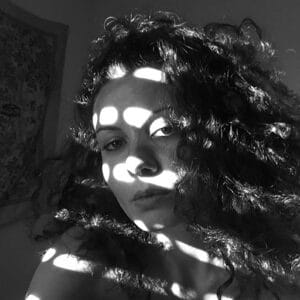Cortona is a Mediaeval city perched on the Tuscan hills, the kind of Italian town where no flat road or straight corner has ever been seen. Thick with layers of history, since 2011 it has hosted Cortona on the Move, a photography festival that subver...



